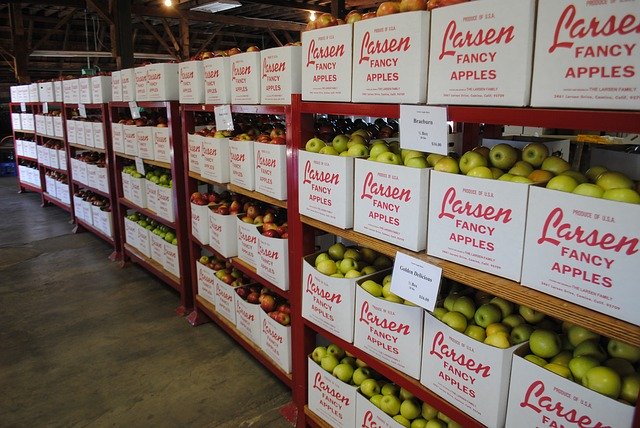The contamination of food sources in the United States causes illness in millions of people each year, with thousands of deaths occurring—usually from unnecessary causes. While food can become contaminated for many reasons, contact with pests in food facilities may cause large outbreaks of illness and disease. Arranging for Integrated Pest Control Management is part of a multi-faceted plan to keep pests out and keep businesses running well.
Most Common Food Industry Pest Control Issues
The food industry regularly fights the battle against pests, and the most common problems include flying insects, crawling pests, rodents, and stored product pests.
Flying Insects.
Because of extreme mobility, keeping flying insects out of a food industry plant can be difficult. Some important and practical ways to keep flying insects at bay include:
- Controlling places where breeding occurs such as standing water and other moist places attractive for breeding
- Remove food sources—garbage is especially attractive to flying insects (dumpsters should be kept far away from food processing and manufacturing spaces)
- Keep screens on doors and windows when possible. Fit dock doors with air curtains or strip doors
In case flying insects do find their way in, you need a second wave of protection. Sticky traps, baited traps, and electrocuters all work, but these must be cleaned carefully and regularly. Obviously, the presence of flying insect carcasses about the premises would tip off inspectors as evidence that the facility has a problem.
While insecticide fogging is an option in a food manufacturing or processing facility, it is critical that this be performed by a licensed technician with the necessary knowledge about food plant care. Cypress Creek Pest Control offers this as an option along with Integrated Pest Management Services.
Crawling Pests
With cockroaches as one of the main pests known for transmitting diseases and bacteria, it is critical to protect your food production facilities from attracting cockroaches. If you do find a problem with them, the first plan of attack is to understand which species you are afflicted with and where this species has a tendency to breed—so that you can stop it at the source.
Rodents
One of the most significant creatures that can threaten the health and safety of the food industry comes in the form of disease-carrying rodents, which including mice as well as rats. It is critical that these pests be kept away from plants and distribution centers containing any type of food as rodents are infamous for passing contamination through food and on to humans.
To keep rodent infestation at bay, watch for signs including visual sightings (which may be uncommon since rodents are nocturnal), gnawing sounds, droppings, urine stains, oil marks from fur, tracks in dusty areas, and evidence of gnawed wires or insulation. Efforts should be made to identify and handle these types of situations immediately with traps and other forms of extermination.
Control of rodents not only requires extermination, but also elimination of their nests and food sources so that they are not likely to return. Old equipment, unused pallets, junk, and nesting materials can seem like an invitation for a rodent to set up house in your food plant. An Integrated Pest Management Program
Stored Product Pests
Birds and moths may also find their way into your food facility, feasting on your grains and other stored foods in your warehouse facility. A certified pest control technician should treat these situations with a customized plan, possibly including fumigation or other restricted materials accessible to professionals.
Factors for an Effective Pest Control Program for a Food Management Facility
For those with a concern for safety in a food manufacturing or processing facility, taking advantage of a high quality Integrated Pest Management (IPM) plan will keep your business moving and keep pests out. This type of program should employ the least invasive methods for pest control and the individual components of a program should include:
- Inspection
- Monitoring
- Assessment
- Treatment
- Evaluation
All of these components allow Cypress Creek Pest Control to guide clients in determining parameters, setting up monitoring methods, deciding on frequency of monitoring, and agreeing on which details should be included in reports.
In the event that pests are found, Cypress Creek Pest Control commits to using chemical solutions as a last resort, choosing non-toxic forms of pest management first. When chemicals are needed, the San Francisco Reduced Risk Chemical list is the frame of reference used for safety. Including an Integrated Pest Control Management program for your food facility means less time spent worrying about pests, fewer shutdowns related to pest management problems, and freedom to get back to making your business as successful as possible.


